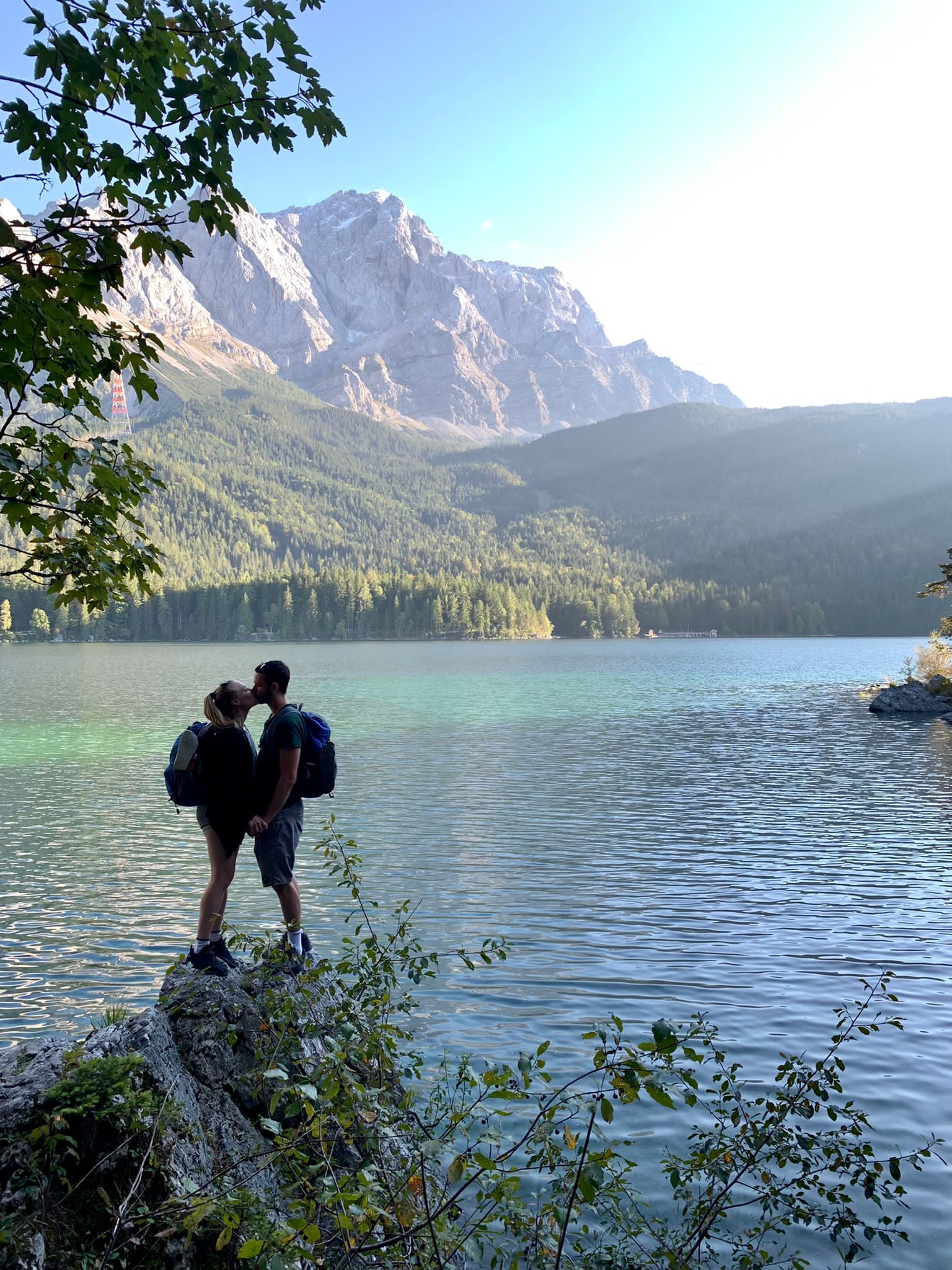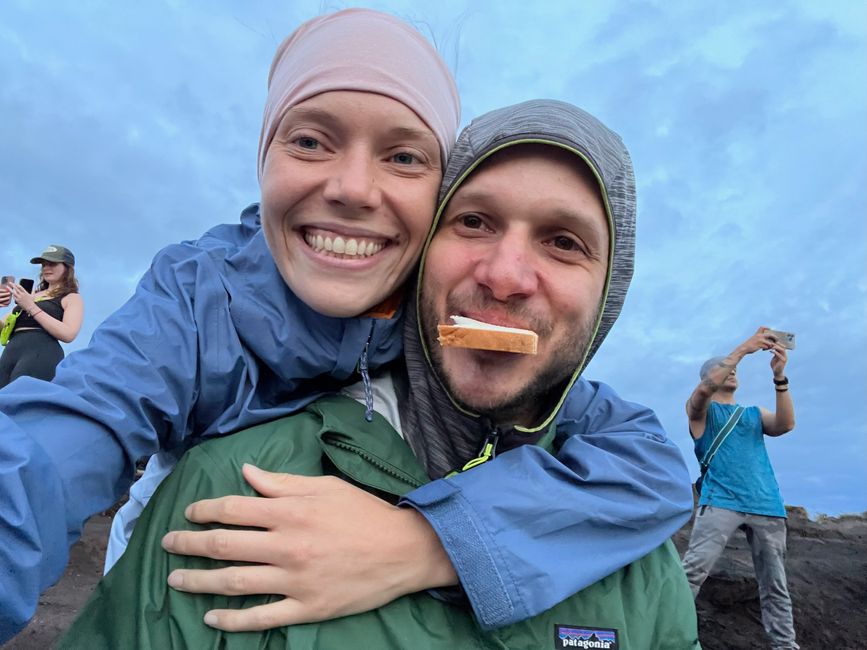እቲ ሰረነኛ
ተሓቲሙ: 26.06.2023
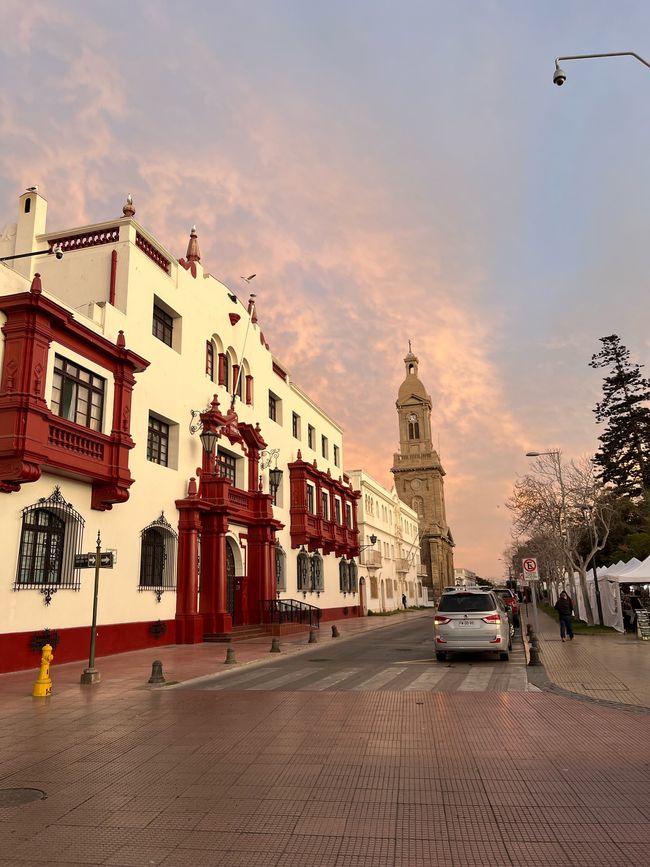
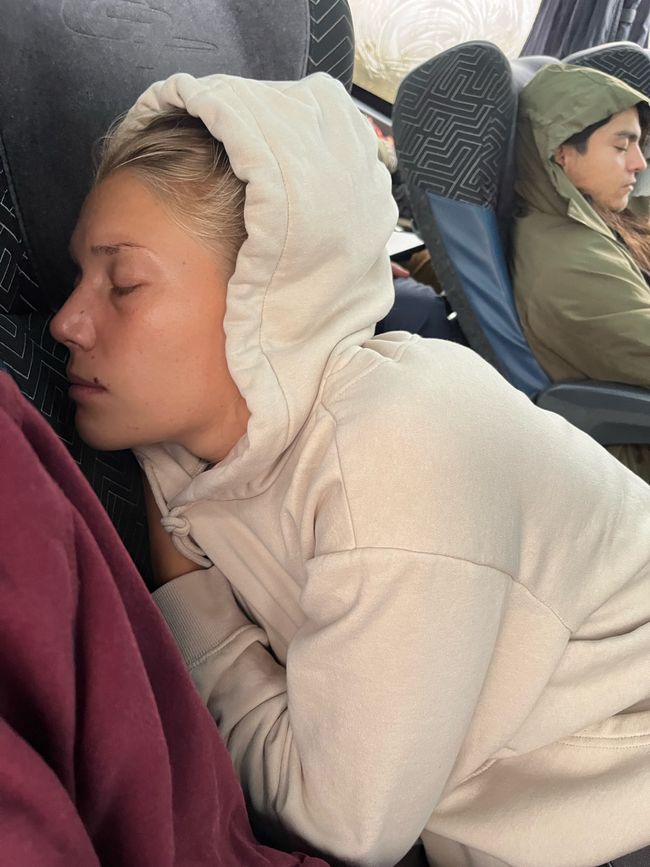
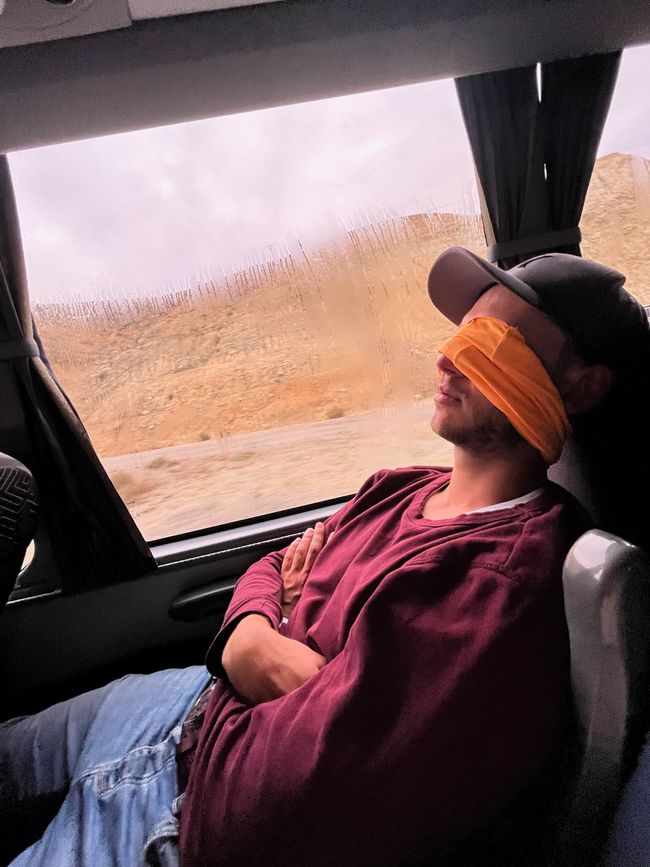
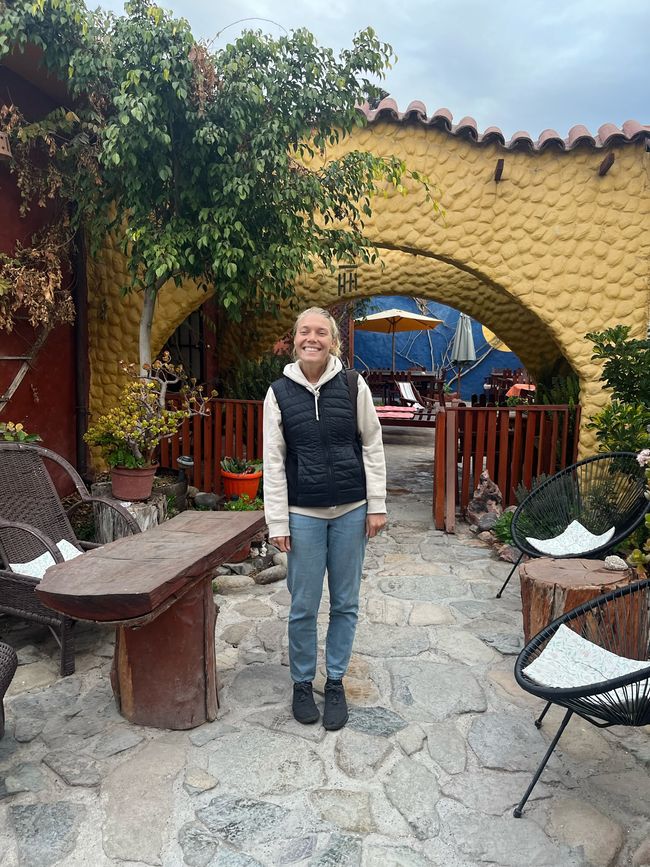
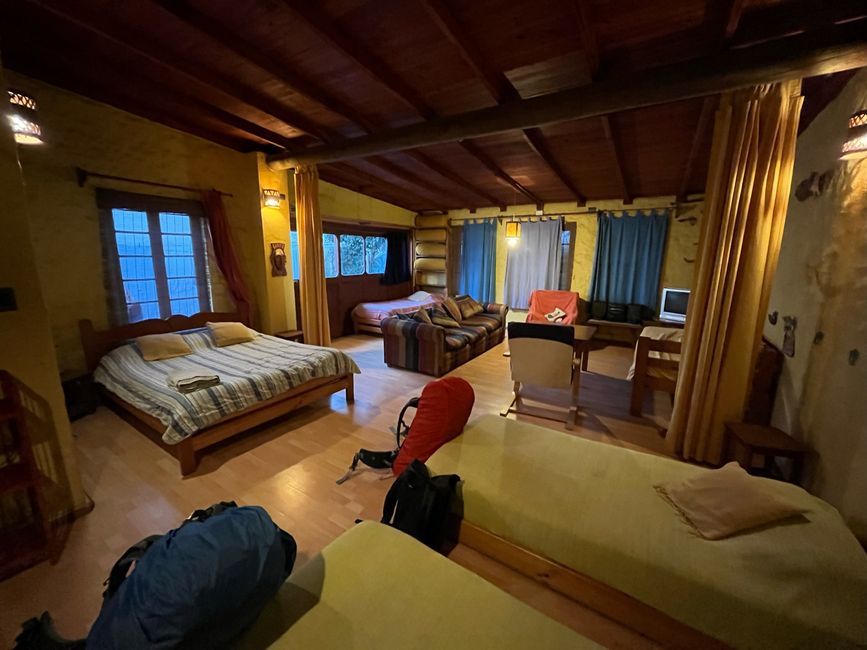
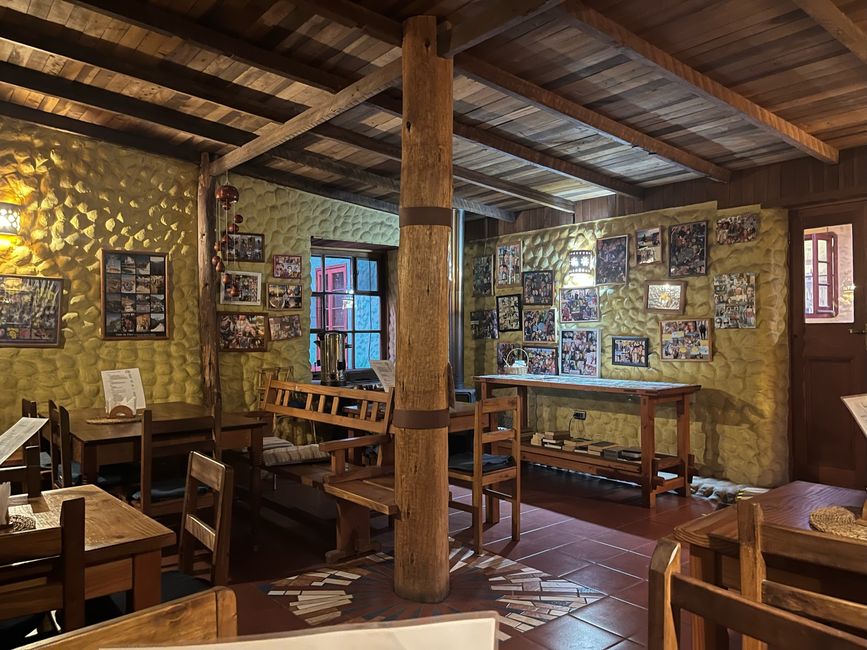
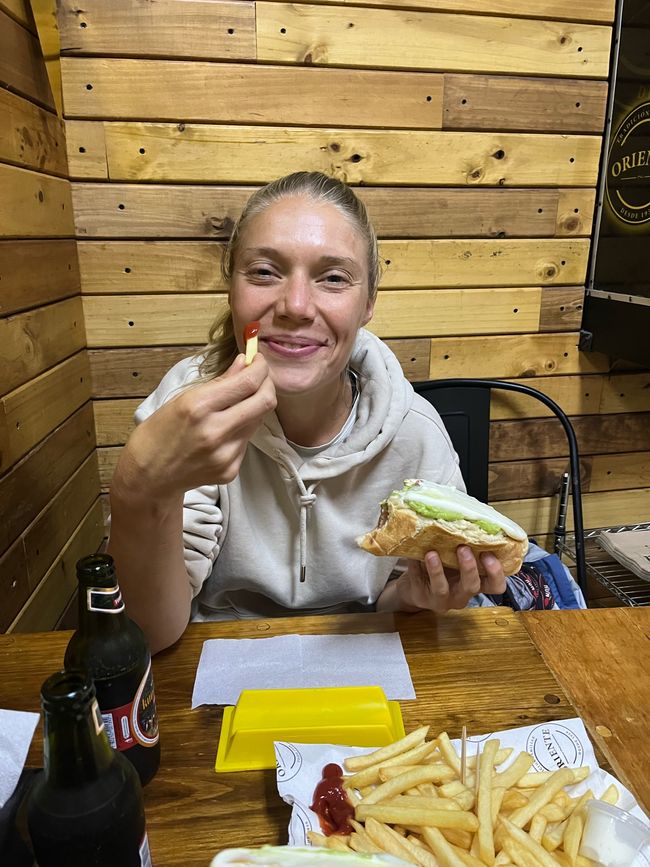
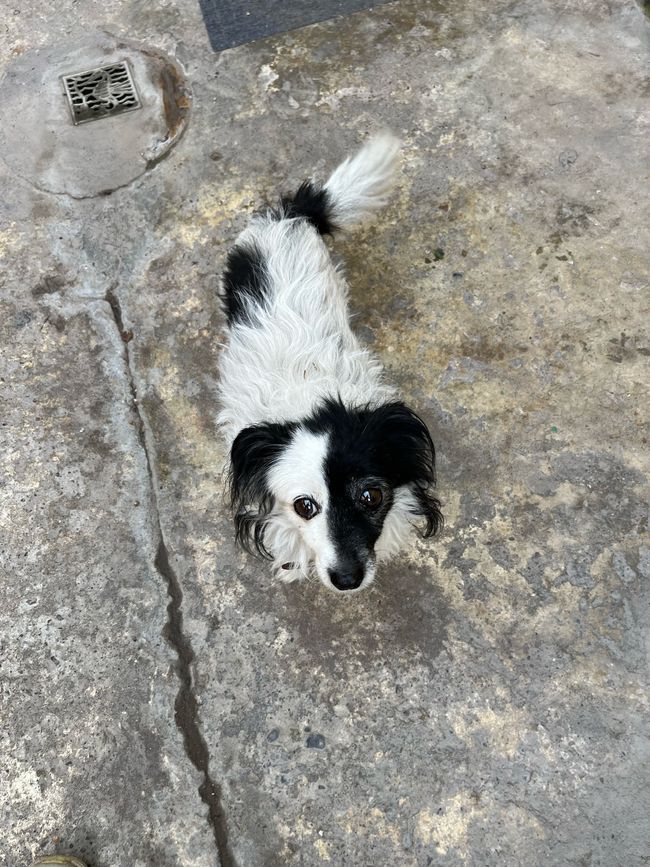
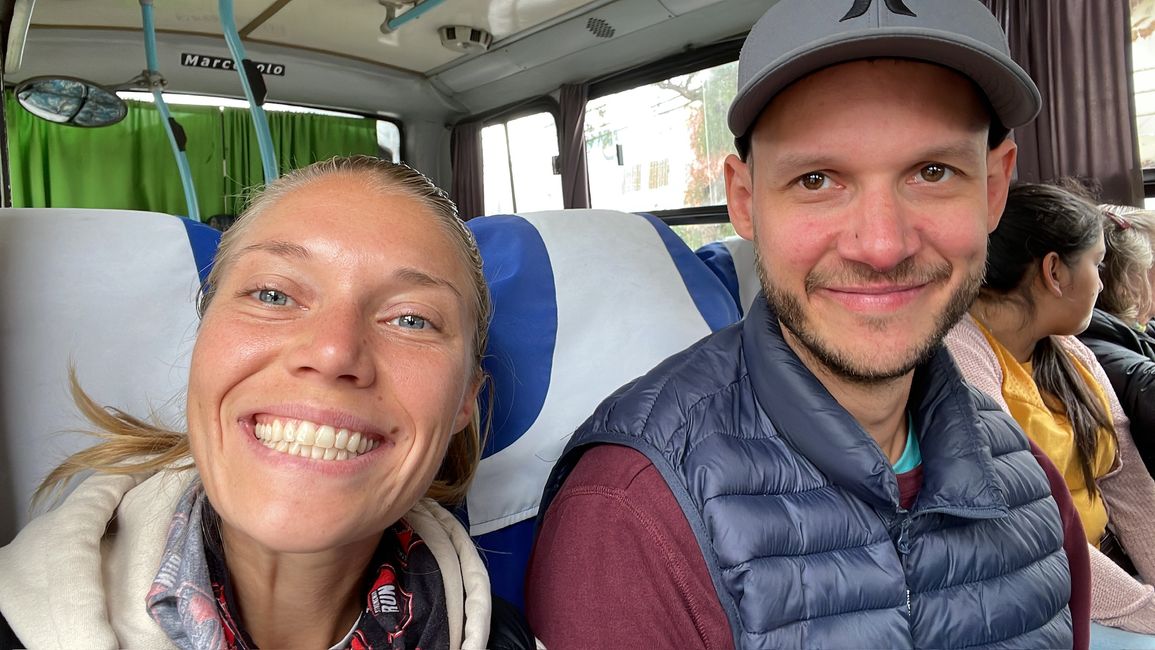
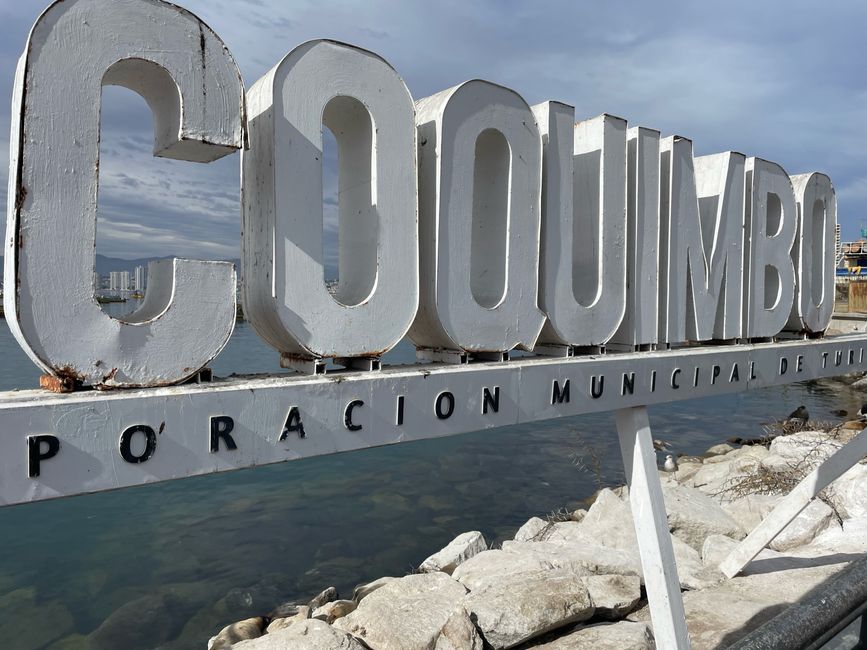
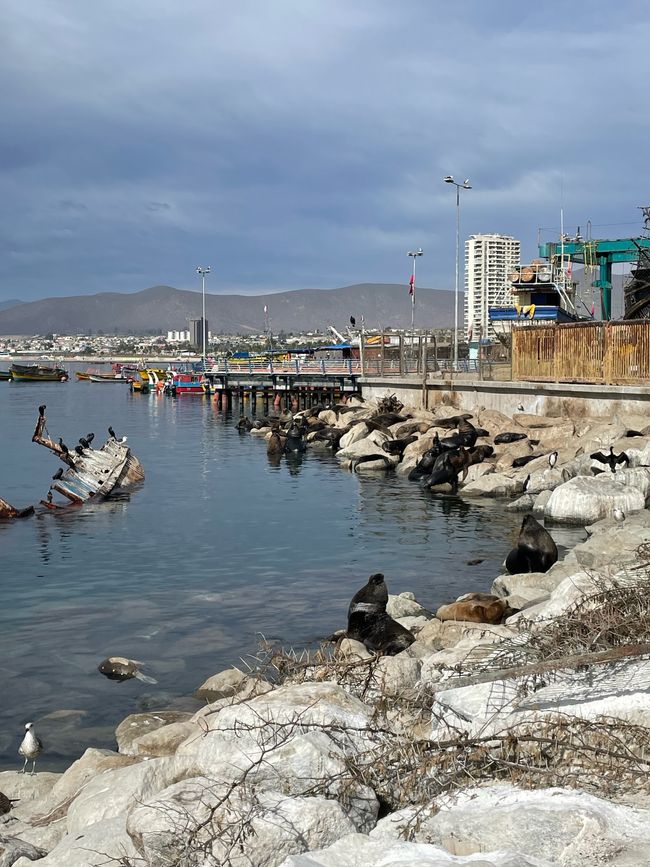
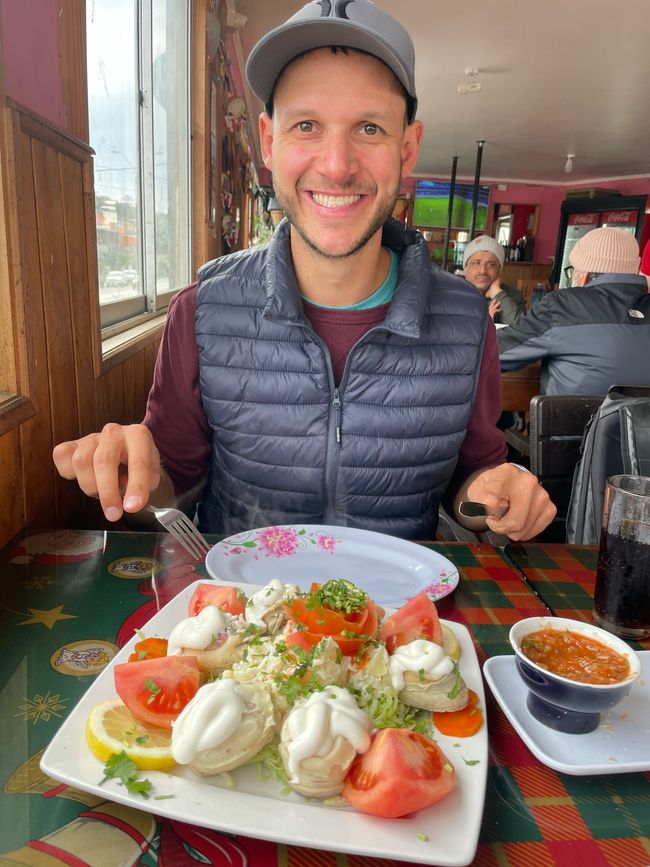
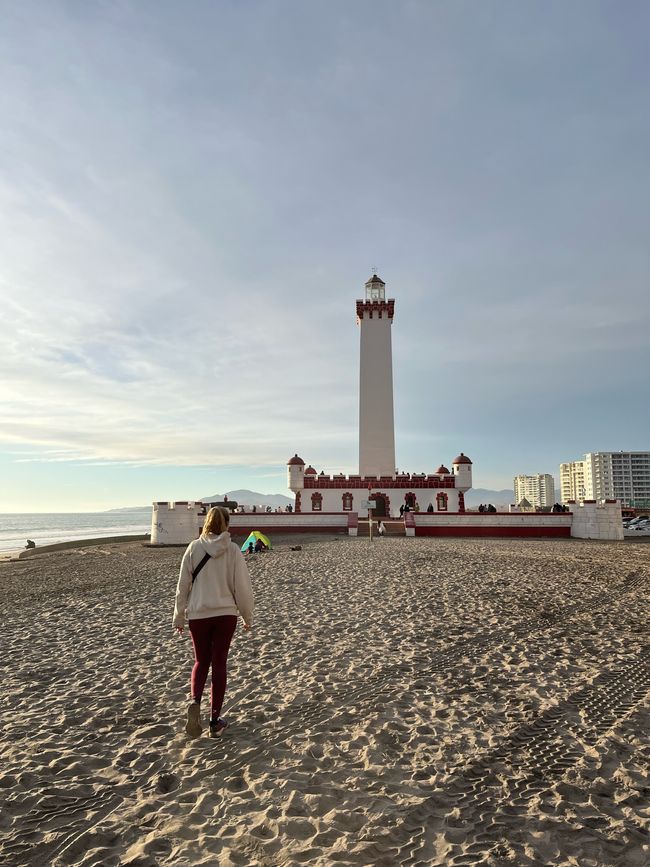
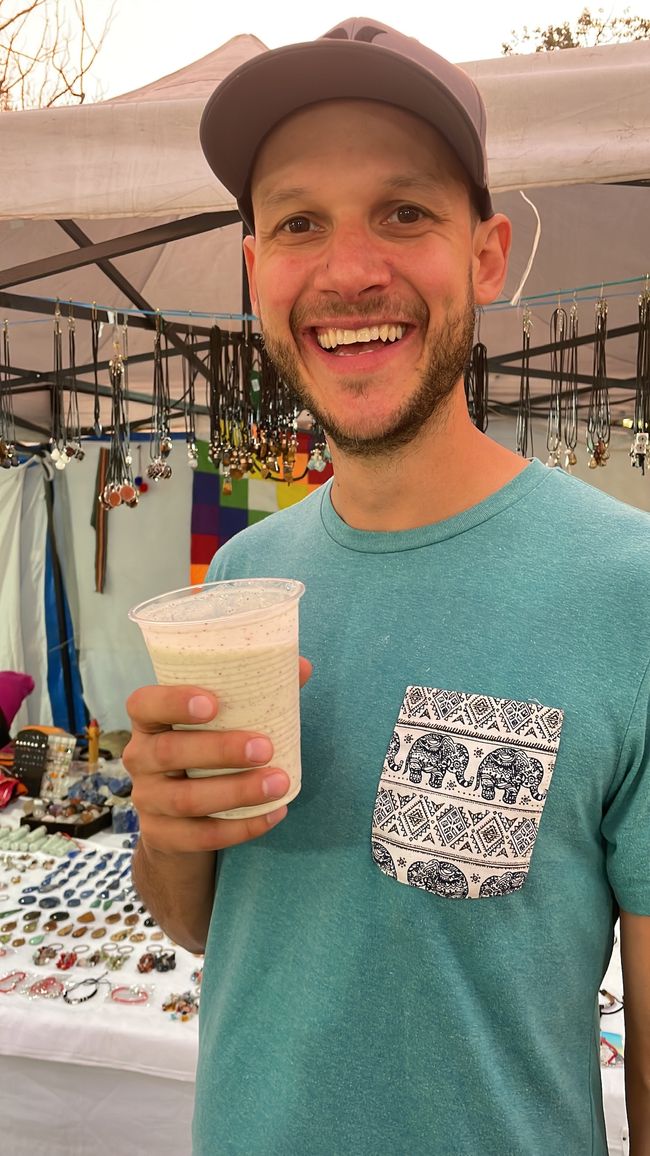
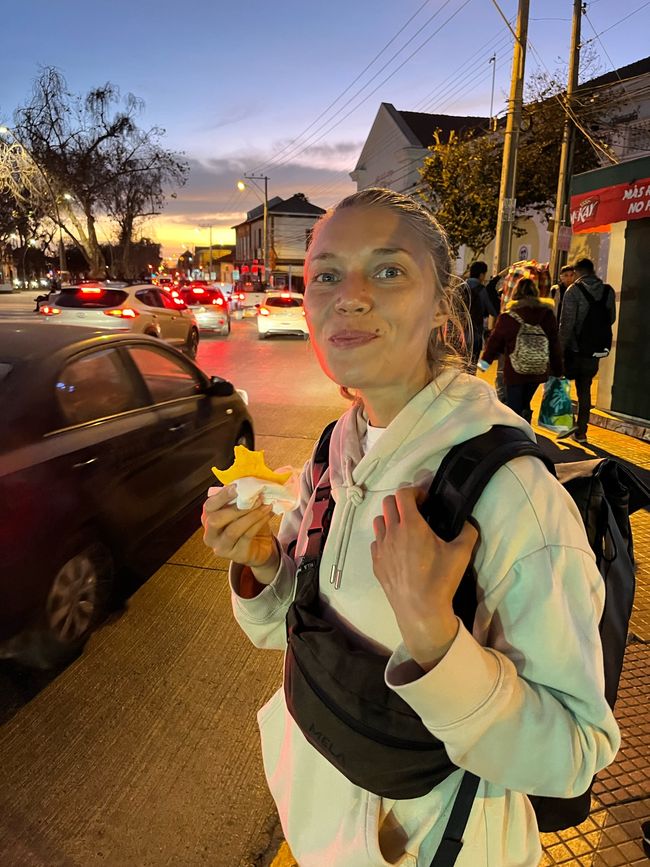
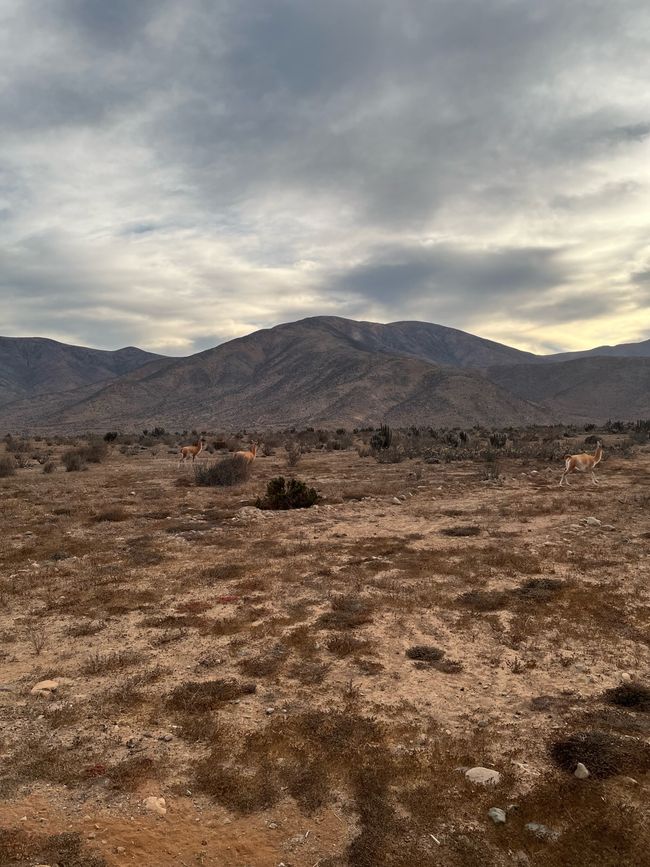
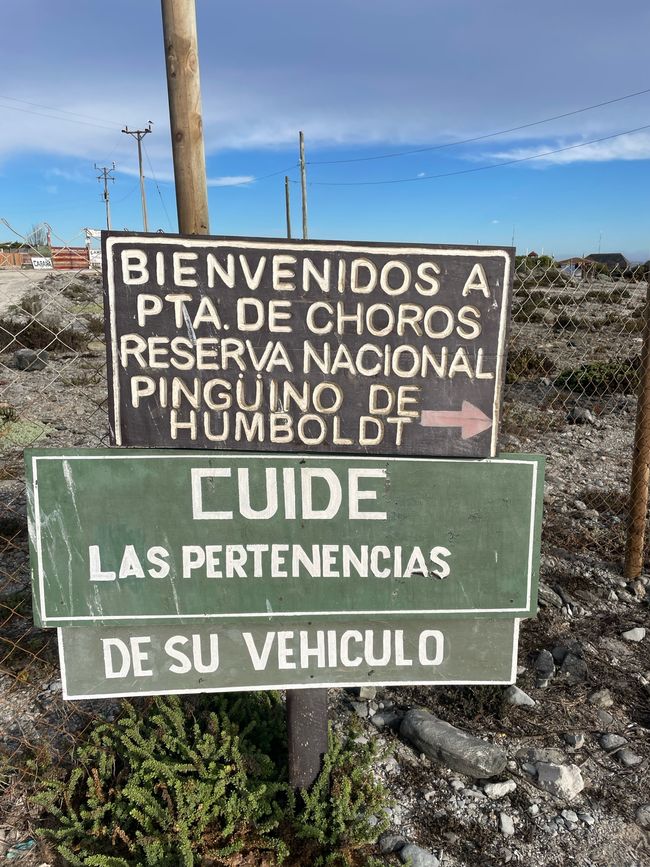
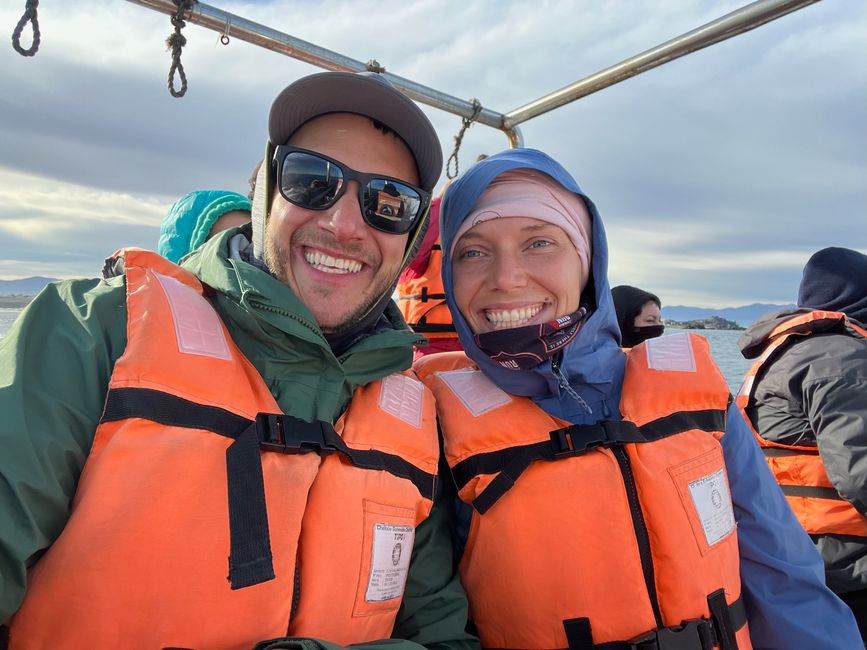
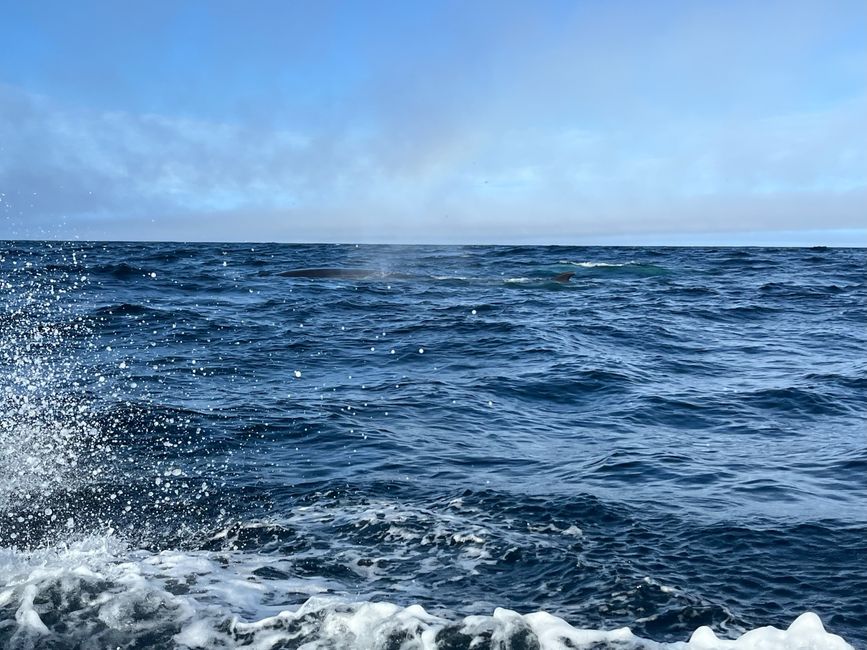
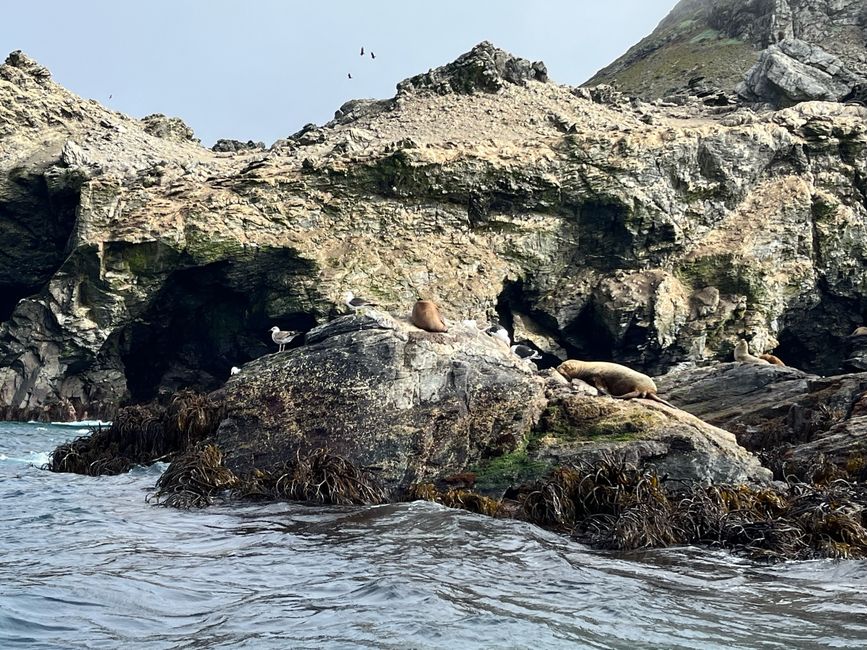
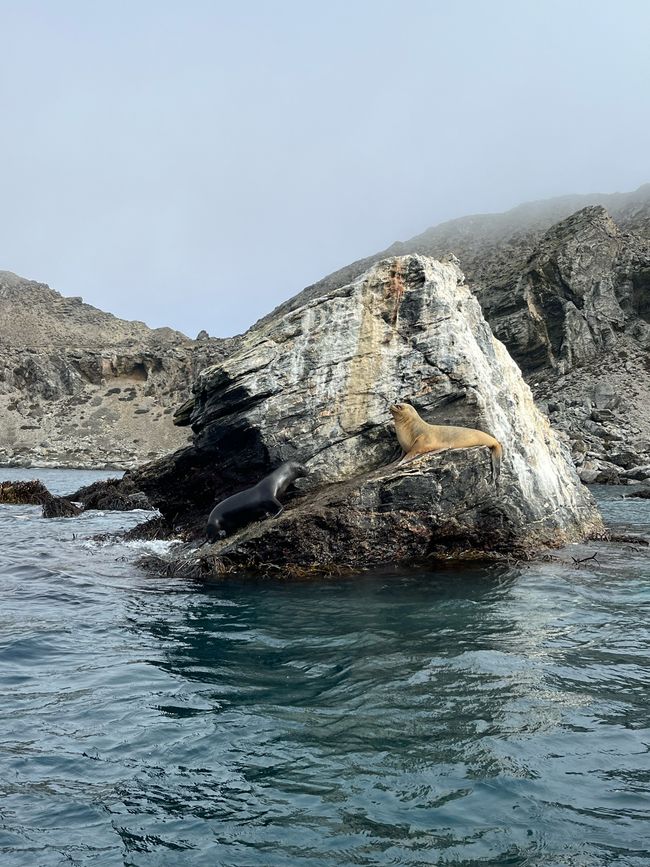
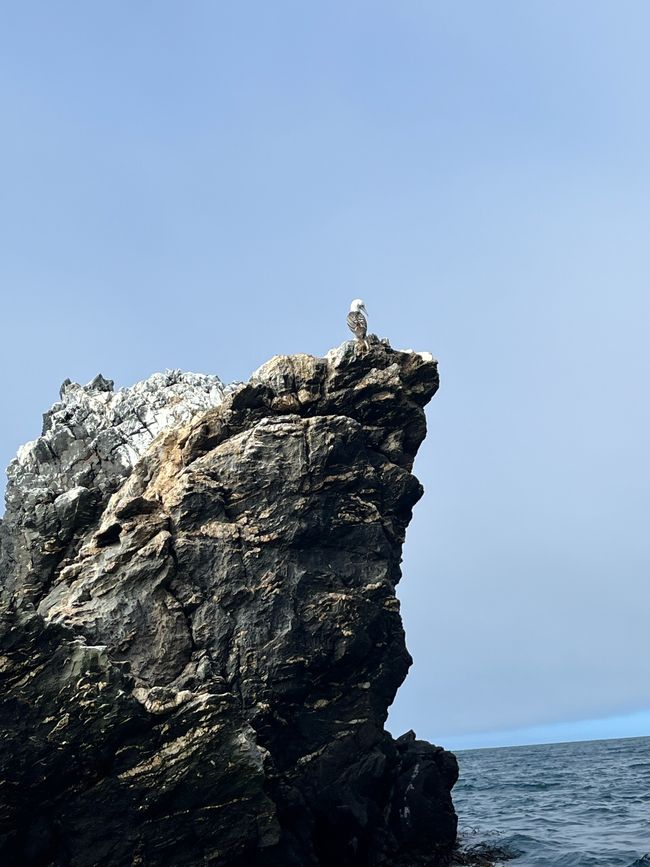
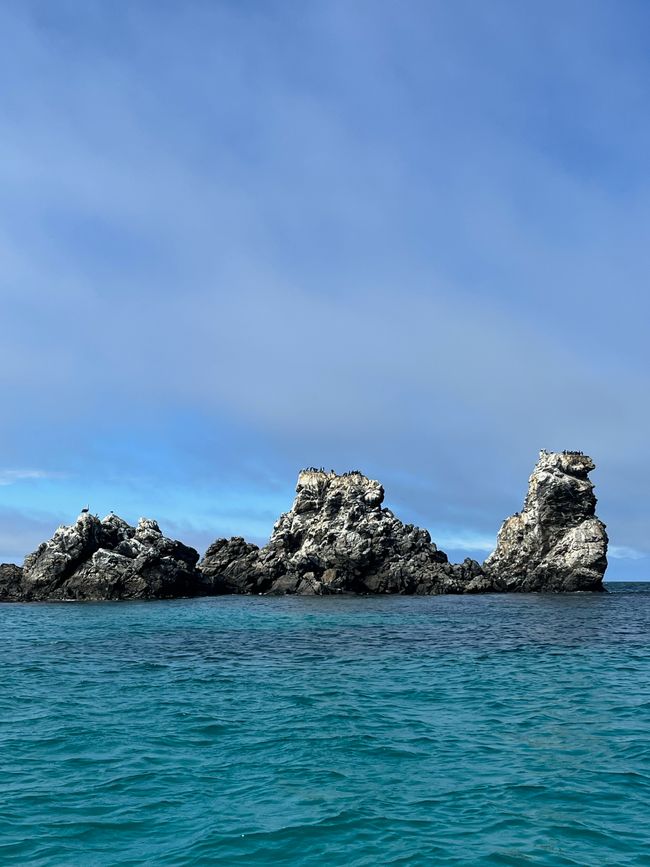
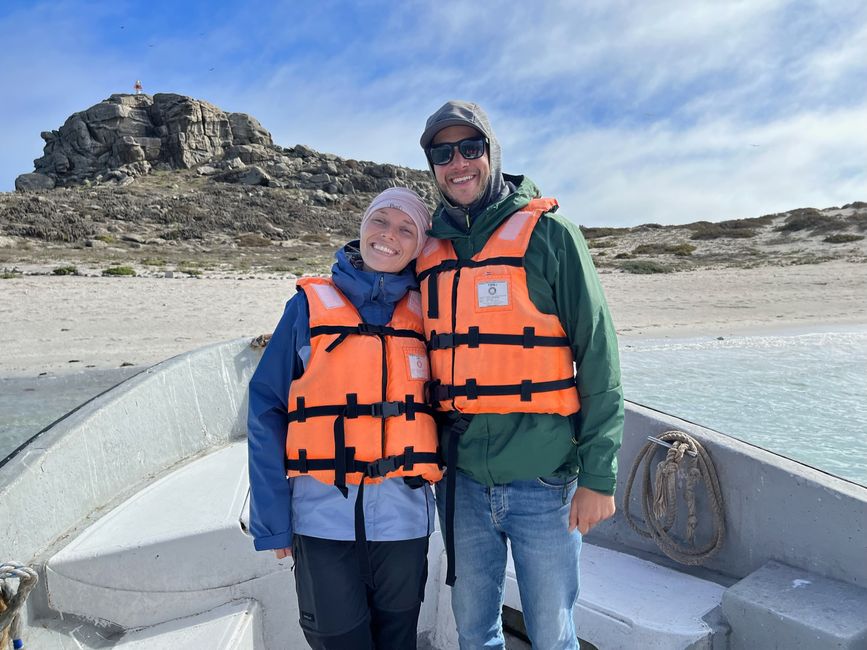
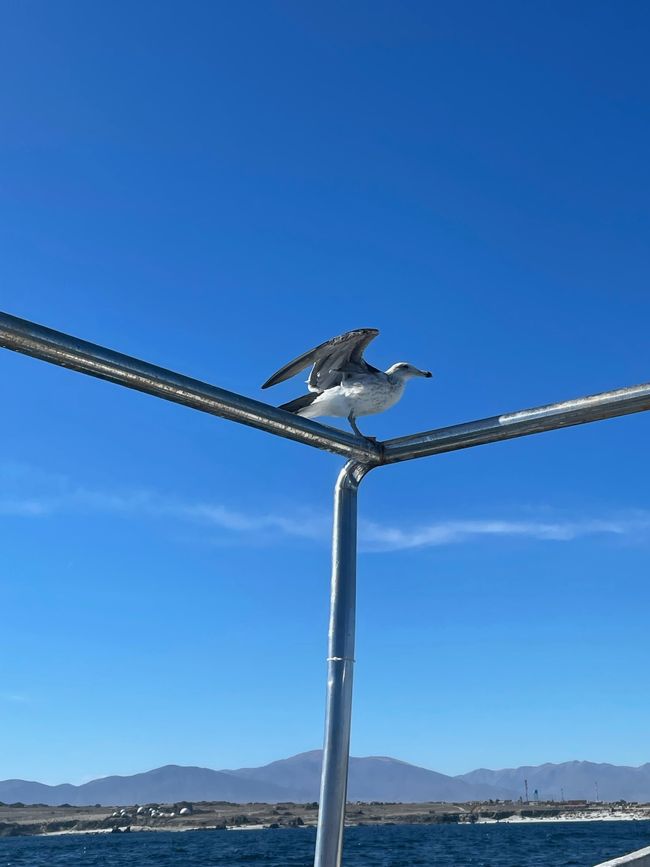
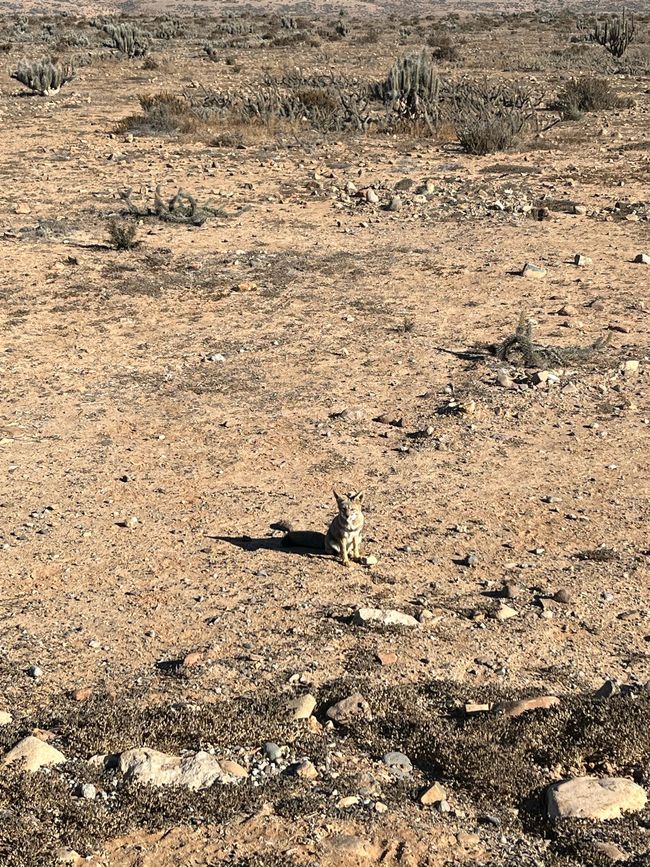
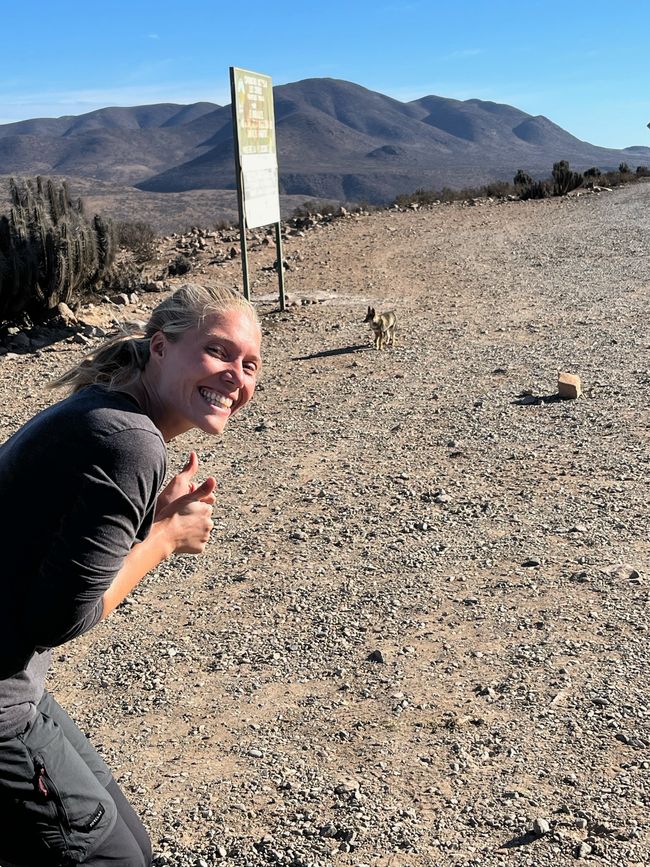
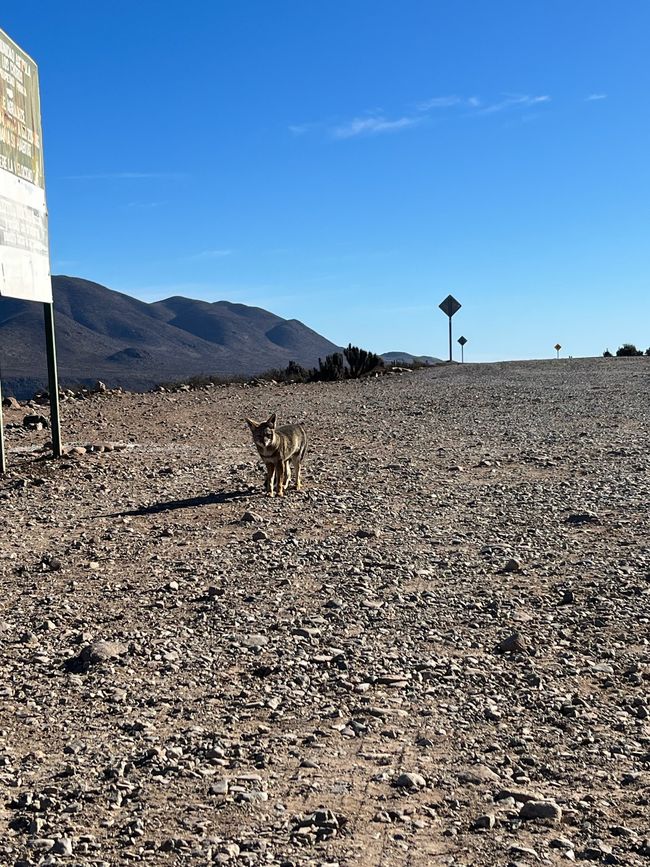
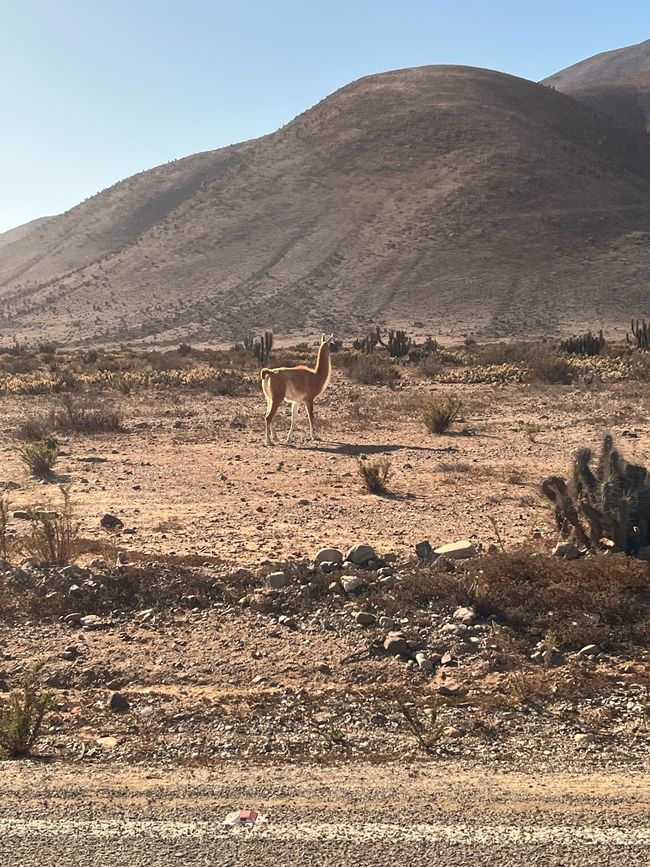
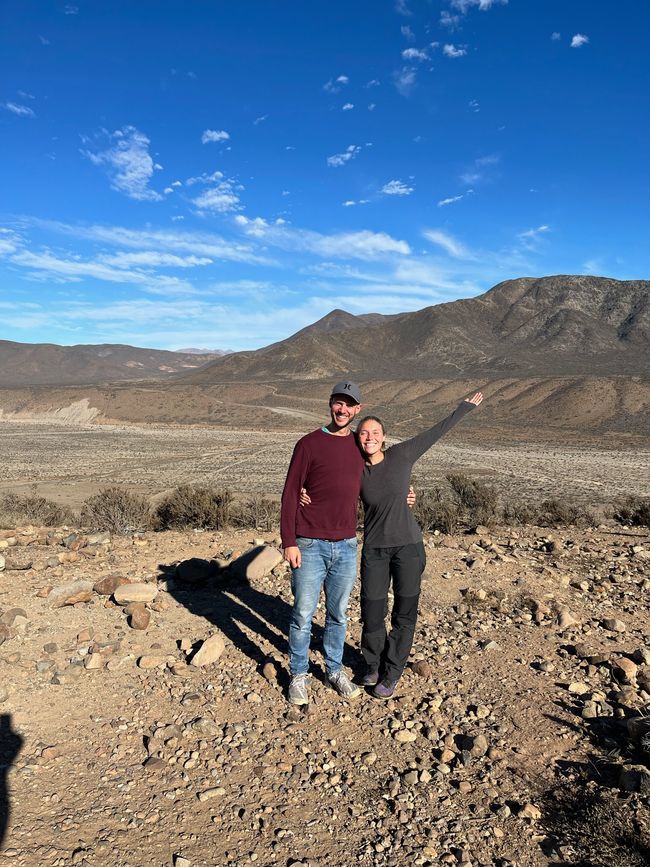
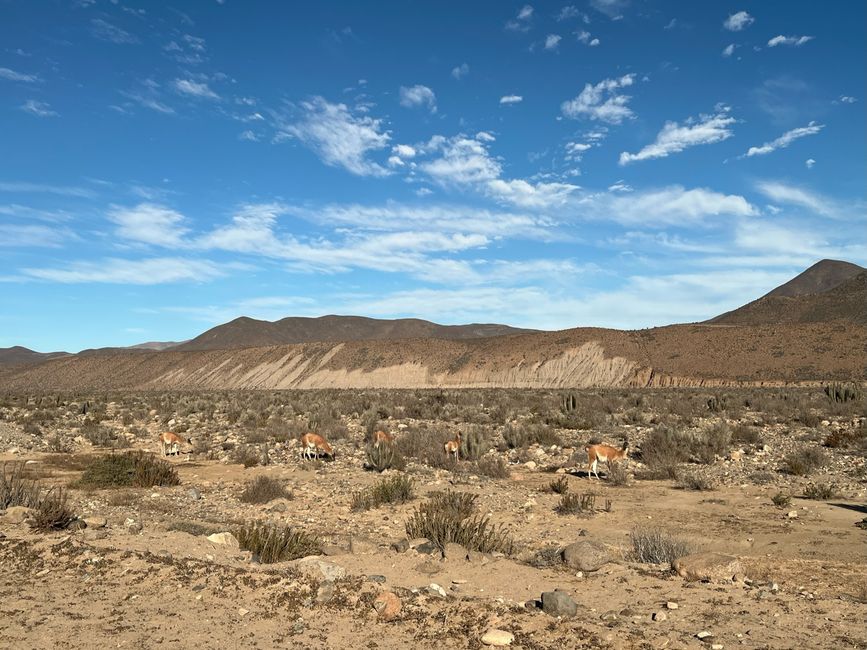
ንዜና ሳብስክራይብ ግበሩ
The journey to La Serena took about 8 hours and led us through a relatively dry and barren landscape. Our hostel is owned by a German couple who emigrated here over 20 years ago. We managed to get the last room, which was actually designed for a family, so we had plenty of space. Overall, it was a really nice hostel, lovingly designed, and we felt really comfortable. The hostel had several dogs and a cat, and even the neighboring cats were fed. The city itself was quite cute, but not very touristy. In the evening, we had our first "typical" Chilean food, called a "completo". It's a hotdog-like bun with a (vegetarian) sausage, tomatoes, a thick layer of guacamole, and mayo on top.
The next day, we took the rickety local bus to the neighboring city of Coquimbo, which was recommended to us because of its fish market. Normally we don't eat fish, but here they have the apparently highly sought after and otherwise expensive "Locos". It's something between a mussel and a snail and it's only found on the coast of Chile and Peru, which makes it unique. Traditionally, it is served with potato salad and a thick layer of mayonnaise (like many things in Chile), and that's exactly what we ordered. It tasted "different". We're glad we tried it, but we don't have to eat it again 😄 The sea lions lounging in the sun were much nicer in the harbor area. We walked the 12km back to La Serena along the beach and strolled through a small market at the beautiful Plaza de Armas. We finally found a bank that didn't charge us exorbitant fees for withdrawing money (thanks Scotiabank!) and walked through the charming downtown of La Serena. At a street stand, we got "Sopaipillas", a pastry made from pumpkin and flour, and went back to our hostel.
For the following day, we had booked a tour to the Humboldt Penguin National Park in Punta de Choros. The place is located north of La Serena and we drove about 2 hours through a beautiful desert landscape. On the way, we saw Guanacos, which belong to the lama family, and adorable desert foxes. In Punta de Choros, we boarded a boat and first headed towards Isla Choros. On the way there, we briefly saw a small Humboldt penguin before it dove underwater and an albatross. Then we went further out to sea and were able to observe several huge fin whales. They are the second largest whales after the blue whale! Afterwards, we drove along the island in search of more penguins, but unfortunately we didn't find any because it's nesting season. However, we saw a lot of different birds and some sea lions, including some pups. Then we went to Isla Damas, where you are no longer allowed to stop and get off. The name comes from a rock that looks like an old lying woman. Besides the rock, a small lighthouse, and the beach, there wasn't much to see, so we drove back to land. From the pier, we caught a brief glimpse of a second small penguin, who quickly dove underwater again. After a delicious lunch, we drove back to La Serena, from where we continued our journey in the evening by bus.
Now we are going 12 hours overnight to Antofagasta, which is already located in the huge Atacama Desert.
ንዜና ሳብስክራይብ ግበሩ
መልሲ
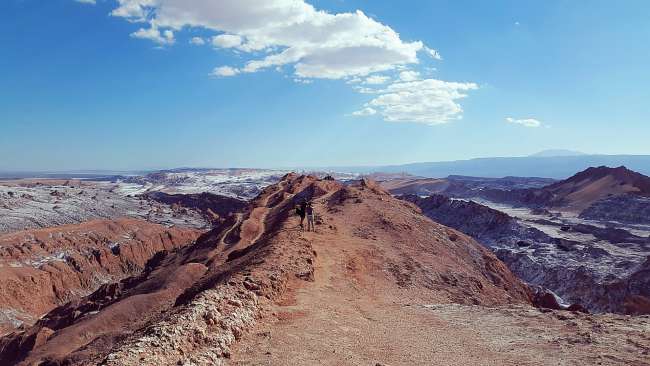
ጸብጻባት ጉዕዞ ቺለ
